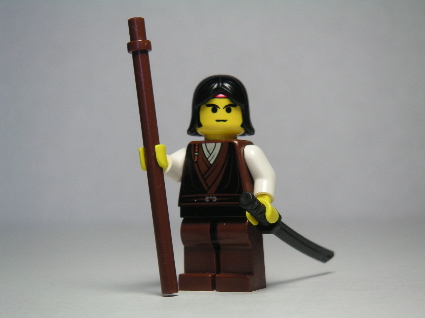Earlier this week, Bruce (of VignetteBricks) posted on Classic-Castle.com about a LEGO exhibit in Japan. I’d seen links to this on Japanese LEGO blogs, but that was before I started Pan-Pacific Bricks (and then I forgot).
The “Piece of Peace” exhibit, sponsored by McDonald’s and Yahoo! Kids, was a charity event in which the proceeds from ticket and souvenir sales benefited UNESCO, the United Nations Educational, Scientific and Cultural Organization. With the motto “It takes a lot of pieces to build peace,” the exhibit showcased UNESCO World Heritage Sites in LEGO, built with the assistance of Japanese LEGO Master Builder Kazuyoshi Naoe.
Here’s Mont St. Michelle in France:

And Machu Picchu in Peru:

This page lists each of the sites recreated in LEGO for the exhibit. Unfortunately, it’s in Japanese. LUGNET user M. Moolhuysen assembled a site-by-site list in English (with links), so I’ll link to his list instead of duplicating it here.
For even better pictures, watch the wonderful 20-minute video (in Windows Media Format) available at three bit rates toward the bottom of this page. The video shows close-up shots of each LEGO creation, from many different angles. A Japanese explanation appears on-screen, but each site is also identified in English. The end of the video also shows several interesting non-UNESCO LEGO creations by contemporary artists and graphic designers. Well worth watching.
The bad news is that the exhibit now appears to be over; the last listed date is October through November of 2005.
The Brothers Brick is funded by our readers and the community. Articles may include affiliate links, and when you purchase products from those links, TBB may earn a commission that helps support the site.














